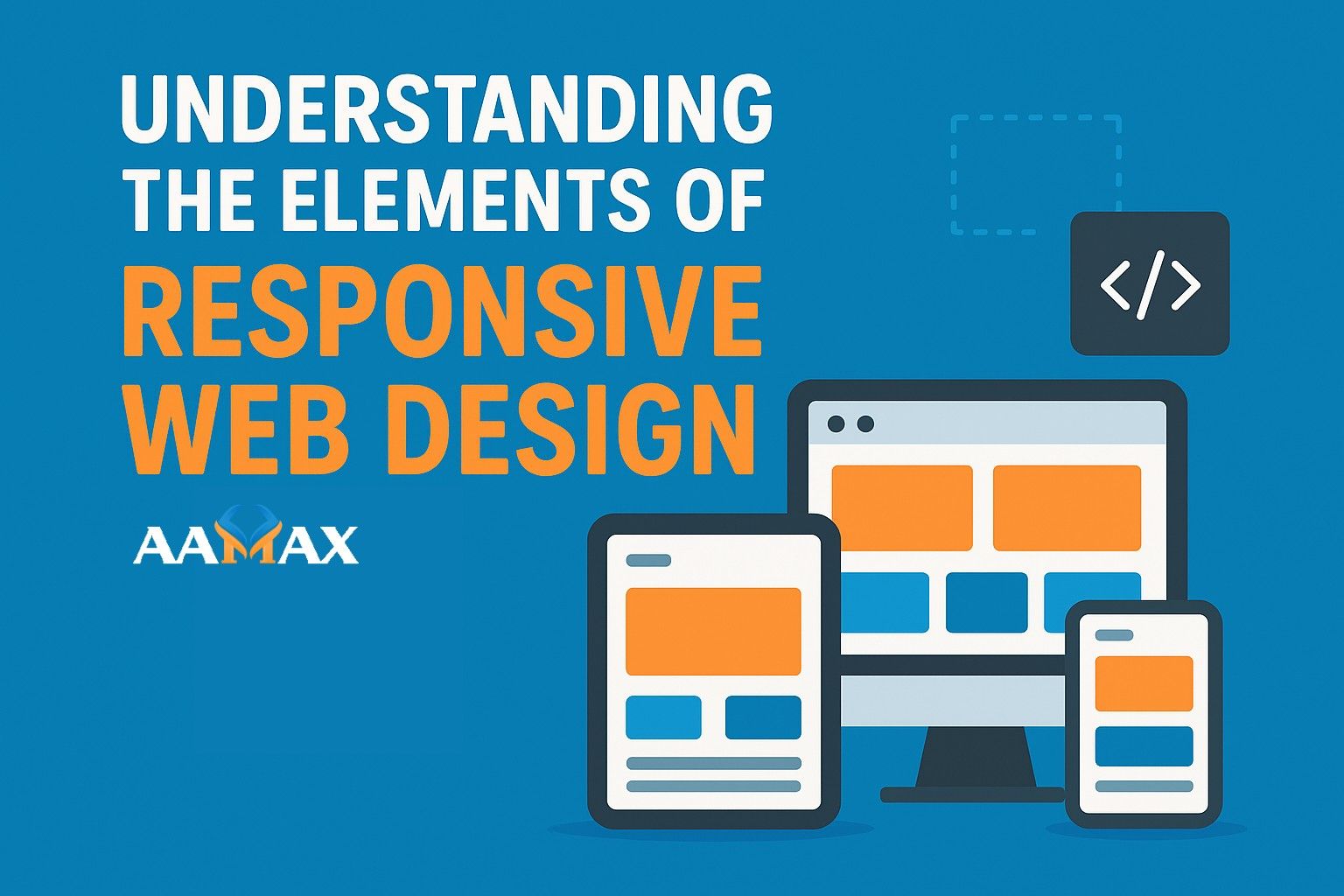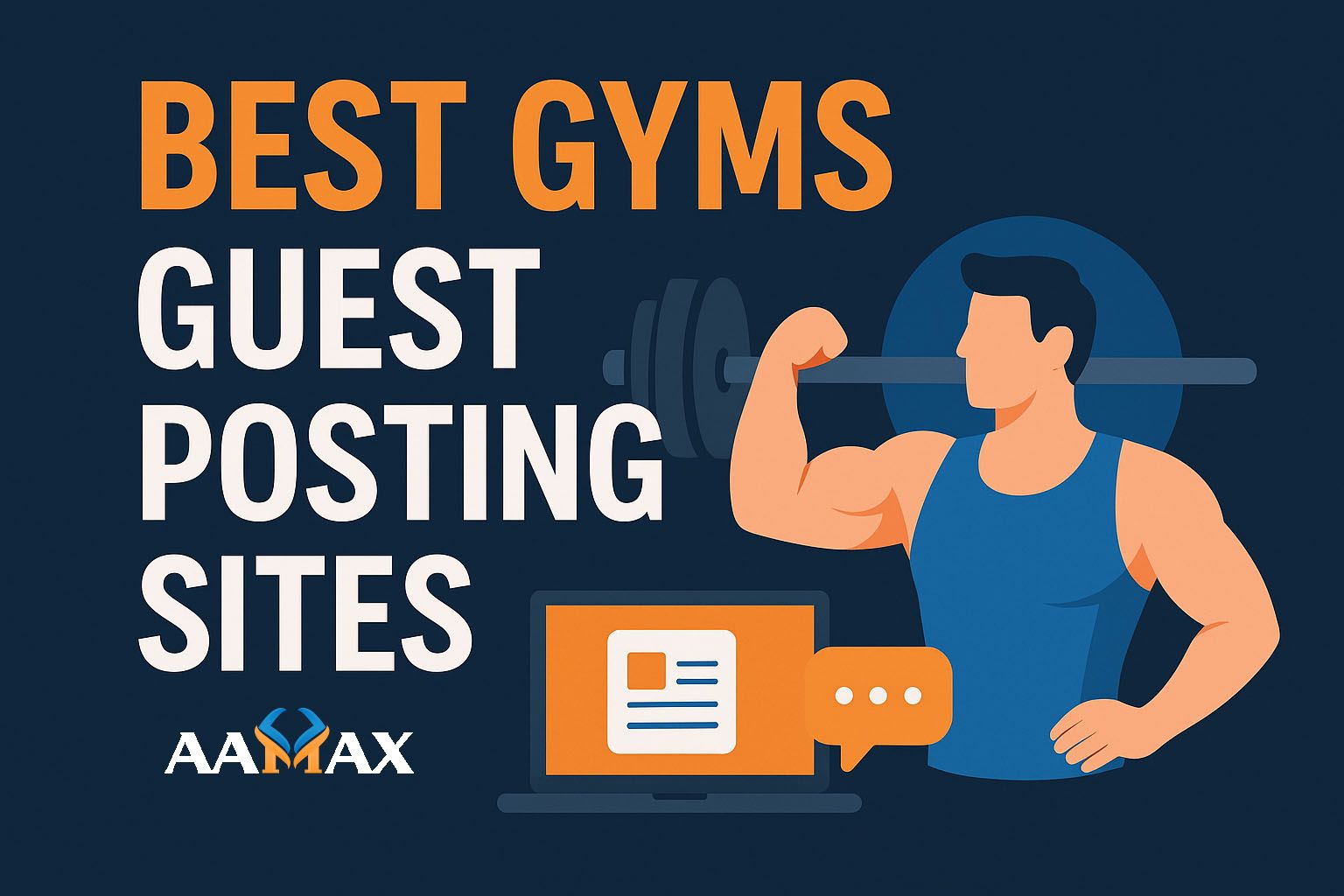
Understanding the Elements of Responsive Web Design
In today’s competitive digital landscape, having a strong online presence is no longer optional — it’s essential. Businesses of all sizes rely on digital channels to reach their audiences, generate leads, and drive sales. To succeed online, understanding web design, SEO (Search Engine Optimization), and digital marketing is crucial. These three elements work together to create a cohesive digital strategy that not only attracts visitors but converts them into loyal customers.
Hiring a professional service like AAMAX, a full-service digital marketing agency, can ensure your business achieves its online goals efficiently. They specialize in web development, digital marketing, and SEO services tailored to your unique business needs.
What is Web Design?
Web design is the process of planning, creating, and maintaining websites. It involves multiple disciplines including graphic design, user experience (UX), user interface (UI) design, and sometimes even basic programming. Good web design goes beyond just aesthetics — it focuses on functionality, usability, and the overall experience of visitors.
Key Elements of Effective Web Design
-
Responsive Design
In today’s mobile-first world, responsive design ensures that your website looks and functions perfectly across all devices, from desktops to smartphones and tablets. A responsive site improves user experience and is favored by search engines like Google. -
User Experience (UX) Design
UX design focuses on creating a smooth and intuitive journey for visitors. A website should be easy to navigate, fast to load, and visually appealing. A seamless UX reduces bounce rates and increases conversions. -
Visual Design and Branding
The colors, typography, and layout of your website should align with your brand identity. Consistency in branding builds trust and recognition among users. -
Website Speed and Performance
A slow-loading website can frustrate visitors and harm SEO rankings. Optimizing images, leveraging caching, and using reliable hosting are crucial for maintaining speed. -
Accessibility
An accessible website ensures that users with disabilities can navigate and interact with your site effectively. This includes alt text for images, proper heading structures, and keyboard-friendly navigation.
What is SEO and Why It Matters?
Search Engine Optimization (SEO) is the process of improving your website’s visibility on search engines like Google, Bing, and Yahoo. When done correctly, SEO drives organic traffic to your website, increasing your chances of reaching potential customers.
Types of SEO
-
On-Page SEO
This refers to On-Page SEO optimizing elements on your website, including content, meta tags, headings, URL structures, and internal links. High-quality, keyword-rich content helps search engines understand your site and rank it higher for relevant queries. -
Off-Page SEO
Off-page SEO involves activities outside your website that influence its ranking. This includes backlink building, social media engagement, and online reputation management. -
Technical SEO
Technical SEO focuses on the website’s backend structure, ensuring it is easily crawlable by search engines. This includes optimizing site speed, creating XML sitemaps, implementing structured data, and ensuring mobile-friendliness.
Benefits of SEO
- Increased Visibility: Higher search rankings lead to more exposure.
- Targeted Traffic: Attracts visitors actively searching for your products or services.
- Cost-Effective Marketing: Organic search traffic is more sustainable than paid advertising.
- Improved Credibility: Users trust websites that appear on the first page of search results.
Understanding Digital Marketing
Digital marketing encompasses all strategies used to promote products or services online. It’s broader than just SEO and web design, covering channels like social media, email marketing, PPC (Pay-Per-Click), content marketing, and more. Digital marketing focuses on attracting, engaging, and converting customers in the digital space.
Core Components of Digital Marketing
-
Content Marketing
Creating and distributing valuable content attracts and retains your target audience. Blog posts, videos, infographics, and case studies help establish your brand as an authority in your niche. -
Social Media Marketing
Platforms like Facebook, Instagram, LinkedIn, and Twitter allow businesses to engage with their audience, build brand awareness, and drive traffic to their websites. -
Email Marketing
Email campaigns nurture leads and encourage repeat business. Personalized and targeted emails can significantly improve customer engagement and retention. -
Pay-Per-Click (PPC) Advertising
PPC ads, such as Google Ads or social media ads, drive immediate traffic to your site. Unlike organic traffic, PPC allows precise targeting based on demographics, interests, and search behavior. -
Analytics and Data-Driven Strategies
Digital marketing relies heavily on analytics. Tools like Google Analytics, SEMrush, and Ahrefs provide insights into website performance, user behavior, and campaign effectiveness, enabling marketers to make informed decisions.
How Web Design, SEO, and Digital Marketing Work Together
While each element has its unique function, the real power comes from integrating web design, SEO, and digital marketing into a cohesive strategy.
- Web Design & SEO: A well-designed, fast, and responsive website improves user experience, which in turn positively impacts SEO. Search engines reward websites that keep users engaged.
- SEO & Digital Marketing: SEO brings organic traffic, while digital marketing channels like PPC and social media amplify reach and visibility. Content marketing bridges both by providing value to users while targeting search queries.
- Web Design & Digital Marketing: Landing pages optimized for conversions enhance the effectiveness of marketing campaigns. A visually appealing and user-friendly site encourages visitors to take desired actions, whether signing up, purchasing, or contacting your business.
Best Practices for Integrating Web Design, SEO, and Digital Marketing
-
Mobile Optimization
Ensure that your website and campaigns are mobile-friendly, as the majority of internet users access websites via mobile devices. -
Fast Loading Times
Speed affects user experience and SEO rankings. Optimize images, leverage browser caching, and minimize code for faster performance. -
Clear Call-to-Actions (CTAs)
Every page should guide users toward a specific action, whether it’s making a purchase, subscribing to a newsletter, or contacting your team. -
Keyword Research and Targeting
Identify relevant keyword research for your industry and integrate them naturally into your content and meta descriptions. Use tools like Google Keyword Planner or SEMrush. -
Consistent Branding Across Channels
Maintain the same brand voice, visuals, and messaging across your website, social media, and marketing campaigns for maximum impact. -
Data Monitoring and Optimization
Regularly track metrics such as website traffic, bounce rate, conversion rate, and keyword rankings. Use this data to refine strategies and improve ROI.
Common Mistakes to Avoid
- Neglecting Mobile Users: Ignoring mobile optimization can cost you significant traffic and conversions.
- Overlooking SEO Basics: Many businesses focus solely on design or paid ads without optimizing for search engines.
- Ignoring Analytics: Without monitoring and analyzing data, you cannot measure success or identify areas for improvement.
- Inconsistent Branding: A scattered brand presence can confuse customers and reduce trust.
Why Hire Professionals Like AAMAX?
Creating a successful digital strategy requires expertise in multiple disciplines. AAMAX offers:
- Web Development: Custom, responsive, and user-friendly websites built to convert.
- SEO Services: On-page, off-page, and technical SEO strategies to boost search rankings.
- Digital Marketing: Comprehensive campaigns covering content marketing, social media, PPC, and email marketing.
Partnering with professionals ensures that your online presence is not only visually appealing but also optimized for search engines and capable of driving meaningful results.
Conclusion
Understanding the interconnected roles of web design, SEO, and digital marketing is essential for any business looking to thrive online. A well-designed website attracts visitors, SEO ensures that your target audience finds you, and digital marketing converts these visitors into loyal customers.
Investing in professional services like AAMAX can save time, improve efficiency, and deliver measurable results. By leveraging expertise in web development, digital marketing, and SEO, businesses can build a strong digital presence, enhance brand credibility, and achieve sustainable growth in the online marketplace.







